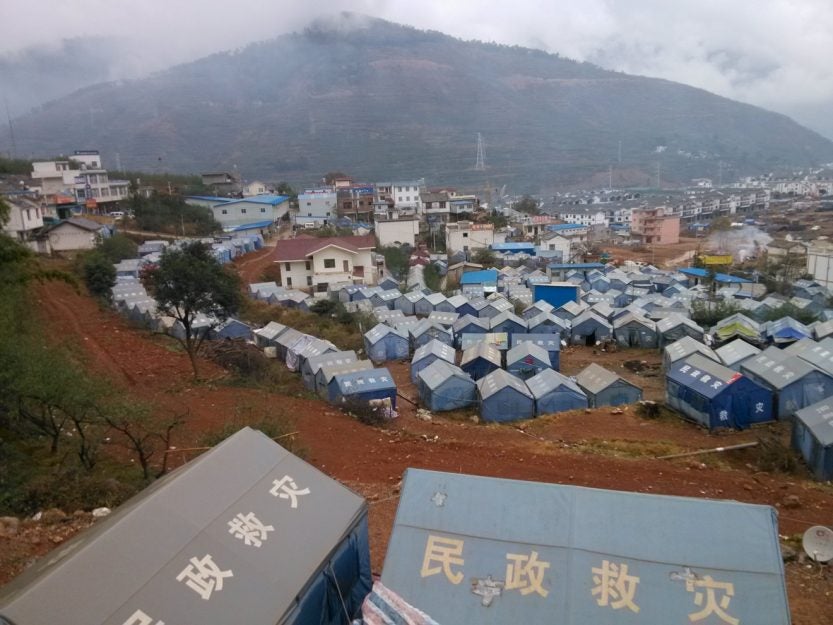 For rural communities in Asia, the impact of natural disasters can be devastating. For communities living in remote areas of Nepal, the scale of destruction brought by the 2015 earthquake was especially devastating. Many children lost homes and families, along with access to food and clean water.
For rural communities in Asia, the impact of natural disasters can be devastating. For communities living in remote areas of Nepal, the scale of destruction brought by the 2015 earthquake was especially devastating. Many children lost homes and families, along with access to food and clean water.
Harvard FXB Center’s Adolescent Resilience in Disasters Project, led by Dr. Elizabeth Newnham and part of the center’s larger Disaster Resilience and Response Program, aims to investigate the specific risks facing adolescents affected by complex emergencies in China and Nepal. The first phase of the project, a qualitative needs assessment of child security and mental health outcomes, was completed in January.
Partnering with Kunming Medical University in China, the Centre for Victims of Torture (CVICT) in Nepal and the University of Western Australia, our teams worked to investigate the scope of traumatic exposures faced by adolescents and the ongoing impact of adversity on mental health, safety, education and family relationships. We conducted key informant interviews and focus group discussions with adolescents, caregivers, school teachers, community leaders, and experts in the fields of adolescent health and security. We then mapped the needs of adolescents and their families across two key regions: Yunnan Province and the Kathmandu Valley.
Yunnan is among the most severely disaster-affected provinces in China. The scope of our fieldwork in Yunnan included both urban and rural settings across the region. Partnering with Dr. Feng Jiao from the School of Public Health at Kunming Medical University, the team gained on-the-ground knowledge about the direct impacts of disasters in Yunnan. We also deepened our understanding of the role of socioeconomic inequity in the development of rural areas compared with urban ones. This imbalance presents challenges for the social development of adolescents and for the overall environment within families and is a major factor in widespread economic migration toward urban centers.
Adolescents in Nepal face similar issues. Nine months after the April 25, 2015, earthquake, the country remains in the depths of recovery. Recovery efforts have been severely hampered by the ongoing economic crisis, which some have deemed to be worse than the earthquake itself. The economic crisis and continuing challenges following the earthquake have flow-on effects for safety, food security, schooling, transport, information accessibility and healthcare. CVICT has been widely involved in the post-disaster relief efforts, with Dr. Bhushan Guragain leading the FXB-CVICT team assessment across Kathmandu, Bhaktapur, and Lalitpur.
The results of the needs assessment will inform a quantitative investigation of adolescent resilience to be launched in the Spring.

